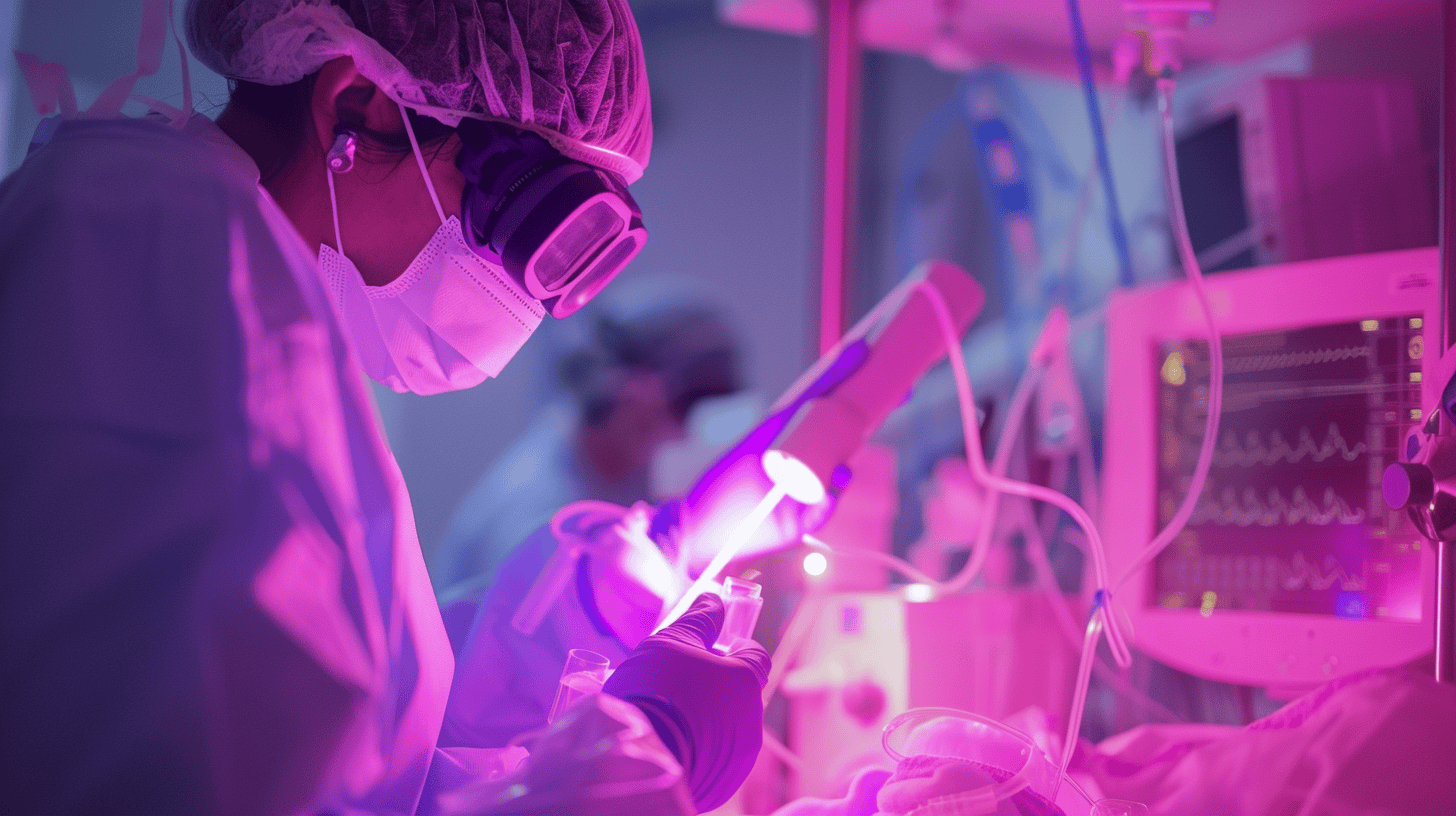
A PCR test that maps a person’s mRNA can be used to predict which form of medication will work best for a cancer patient. This promising new technology comes from InnoSIGN based in the Dutch city of Eindhoven.
A targeted, personalized treatment for cancer is one step closer with this test. Paul van de Wiel is a cell biologist and co-founder and CEO of the start-up InnoSIGN. He explains how it works: “In all of our cells there is DNA. That’s a kind of blueprint, a genetic code of how the cell should function. Every healthy cell has the same kind of DNA, but not every cell does the same thing. The mRNA molecules are a sort of shopping list. They tell a cell what to do, how a specific cell should behave. If someone has cancer, the activity in a cell is disrupted and you can ‘read’ that in the mRNA.”
Reading mRNA
The test from InnoSIGN, which stems from Philips Research, analyzes mRNA. “We look at the signal transduction pathways, These are the regulatory mechanisms inside the cell. When we read the mRNA, we can see which signal transduction pathways are active,” says Sigi Neerken, biophysicist and co-founder of InnoSIGN. “These trigger the cell to do certain things. For example, they transmit a message: ‘Start to divide now’. In cancer, for example, something is wrong and there is abnormal activity. Signaling pathways have been turned on when in fact they shouldn’t have been.”

Database
Over the past few years, researchers have been working on a comprehensive database of signal transduction pathway activity derived from over 100,000 different cells and tissues. These come from healthy individuals as well as patients with a variety of cancer types and other diseases. This also makes it possible to determine when activity is abnormal in a patient. InnoSIGN developed a PCR test, in which the amount of mRNA is read in a straightforward and accurate manner. The mRNA is extracted from a piece of tumor tissue and placed on a test plate coated with a liquid. The software is able to determine the scores of the seven signaling pathways based on 96 different mRNA molecules. Results are known within a few hours, just like the PCR test for corona.
Targeted medication
Even in the same types of cancer, the picture looks different for each individual patient. Van de Wiel: “Something slightly different is going on in each patient and different signal pathways may be activated. If you map this out, you can understand why one drug works for one patient but not for someone else. You can then use medication in a more targeted way depending on which pathways are abnormal. Hormone therapy in breast cancer, for example, targets a specific signaling pathway. Therefore, if that hasn’t been disrupted in the patient, the hormone therapy will have little or no effect.”
New company
There is a lot of interest among the medical community, research institutes and insurers in InnoSIGN’s technology. The company itself has only been in existence for a few weeks. But the technology and test have already been under development for the past ten years as part of the Philips’ stable. An investment fund of US$8 million was raised so that the technology could be brought to patients now. Investors include Casdin Capital, Life Science Angels, Thuja Capital and the Brabant Development Agency (BOM). The BOM is committed to future-proofing health and promoting a higher quality of life. That is why they invest in companies such as InnoSIGN that focus on personalized treatment methods. Other important focus areas for BOM include digital healthcare and new applications such as nanotechnology and robotics.
Own lab in the US
No longer being under the wings of a multinationalIt takes some getting used to for the new entrepreneurs. “We have to arrange a lot more ourselves from now on, including practical matters that you don’t always think about,” says Neerken. “At the same time, you’re also more flexible and we get a lot of energy from working for ourselves.”
InnoSIGN is going to set up its own lab in the United States and will market the first clinical tests there. Van de Wiel: “The test is already being used for research purposes, but we obviously want to take this further. The next few years will be about carrying out further validation and demonstrating its added value.” The R&D department of InnoSIGN will remain based at the High Tech Campus in Eindhoven.
Also interesting: Fluorescent mRNA is breakthrough for the development of new drugs








